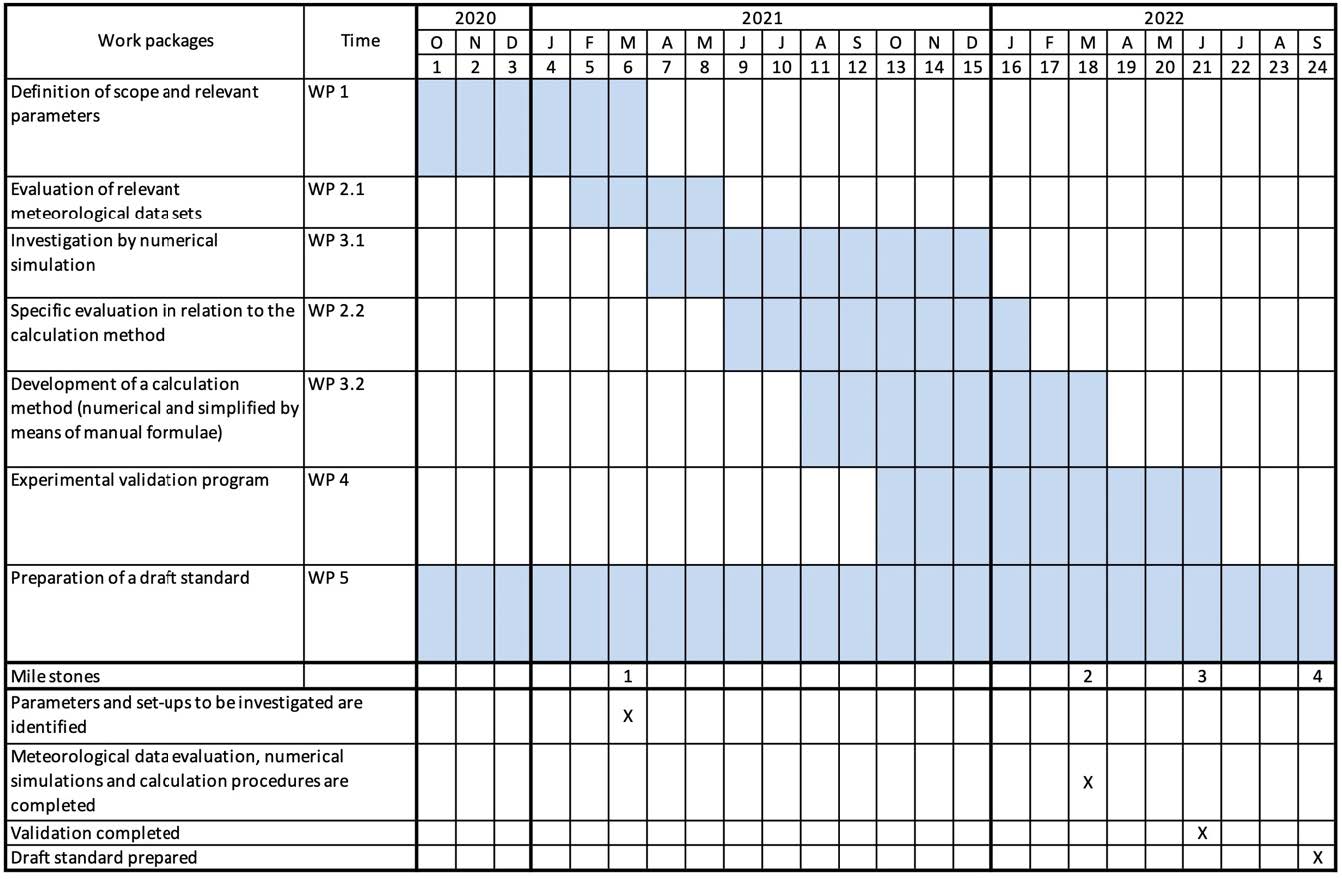Joint Research Project (in progress): Draft Standard for Determining the Thermal Stress of Glass and Glass-Glass PV Modules (BIPV) in the Construction Industry
DOI:
https://doi.org/10.47982/cgc.8.433Downloads

Abstract
For the design of façade and roof glazing, loads due to dead weight, climatic loads (IGU - pressure differences), wind and snow are well investigated and are considered in engineering practice. However, glass constructions are also ex-posed to thermally induced stresses due to direct solar irradiation. The standards and guidelines available so far, both nationally and at the European level, are partly outdated or contain only simplified instructions and specifications for calculating thermally induced stresses of façade and roof glazing. Within the research project, a variety of façade glazing configurations and additionally building-integrated (BIPV) glass-glass photovoltaic modules, for example as a façade cladding rear ventilated, are being investigated by means of numerical simulation and subsequent experimental validation with up-to-date German meteorological data. The purpose of the project is to reduce or prevent the occurrence of thermally induced glass breakage (thermal breakage) through European standardization. In this way, economic damage can be avoided. The present paper provides an insight into the two-years lasting joint research project, including the current status of science and technology, goals, structure and process, and descriptions of work packages. Results, such as the collection of the various influencing factors, meteorological data, and results from numerical simulations, will be presented after the project has finished at the end of September 2022.
Published
Issue
Section
Numerical Modeling & Experimental Validation
License
Copyright (c) 2022 Frank Ensslen, Gregor Schwind, Jens Schneider, Andreas Beinert, Achour Mahfoudi, Elke Lorenz, Wiebke Herzberg, Michael Elstner, Michaela Polakova, Steffen Schäfer, Christof Erban, Joachim Röhner, Robert Sommer

This work is licensed under a Creative Commons Attribution 4.0 International License.



